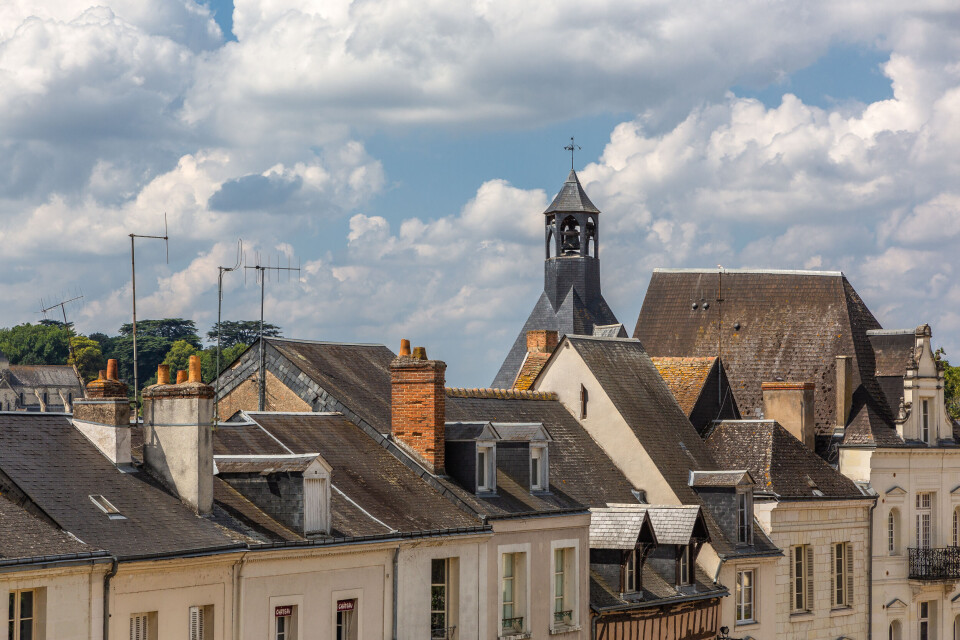-
Second-home owners: French MPs and senators relaunch efforts for visa concessions
French lawmakers push for a simpler process for Britons post-Brexit
-
French police can check your home (and elderly relatives) when you are away
Here is how to sign up for the service, as well as a special check for elderly people. Plus, advice on how to avoid ‘fake police’ scams
-
Big limitations on number of new second homes in Chamonix
Some 70% of the housing stock in the popular mountain resort town are currently second homes
French second homes: taxe d’habitation rates continue to rise
Many cities and towns have chosen to apply the maximum surtax of 60% for the part that goes to mairies, often meaning an extra charge of up to €300

Second-home owners in France are likely to see a significant increase in the taxe d’habitation (residence tax) they pay this year as many towns and cities opt to apply a surcharge of more than half the base rate.
Taxe d’habitation is in the process of being phased out for main homes: only 20% paid it last year and it will be gone completely for principal residences by 2023.
Read more: French taxe d’habitation: Who is fully exempt in 2022?
However, the tax is being maintained for second homes, and urban areas which are classed as zones tendues (subject to housing shortages) can choose to increase the basic rate by up to 60%.
For some properties, this could mean an additional charge of €300. In 2020, taxe d’habitation surcharges cost the average property owner €248.
This year, more towns and cities have gained the ability to do this, and from 2023 other areas including Nantes will join the list, giving the city hall the opportunity to vote for a taxe d’habitation surcharge.
This year, for example, Bordeaux, Lyon, Biarritz, Arles and Saint-Jean-de-Luz have all decided to apply the maximum 60% surtax.
In Marseille, the surcharge has passed from 20% to 60%. This means that while last year a second home with a valeur locative – theoretical rent value – of €2,500 would come with a taxe d’habitation of €1,174, this year the owner can add €335 to that bill, Europe 1 reports.
Not all second-home owners will be affected by the increase, however, as some areas have not yet voted to do so.
Other towns apply a surtax but at much less than 60%: Ouistreham in Calvados adds a 5.42% charge, for example, and Mallemort in Bouches-du-Rhône has a rate of 8.97%.
Popular holiday destinations such as Nice and Beausoleil (Alpes-Maritimes) apply a surtax of 33.8% and 30.7% respectively.
However, in the future, these towns could always decide to increase their rates, while the cities which already impose the 60% surcharge cannot.
“The cancellation of taxe d’habitation on main homes represents a loss of income for communes, and they need to get it back through taxe d’habitation [on second homes],” said Ludovic de Jouvancourt, the cofounder of Prello, which deals with second home purchases.
“We have also observed that since Covid, there has been a sharp increase in new second-home owners in communes, which need to make them contribute to local taxes.”
Taxe d’habitation bills are usually sent out in September, for payment in November or December depending on the area.
Related articles
Garden tree rules, building on farmland: Five French property updates
Should we pay ‘taxe d'habitation’ if not in French house on January 1?
























